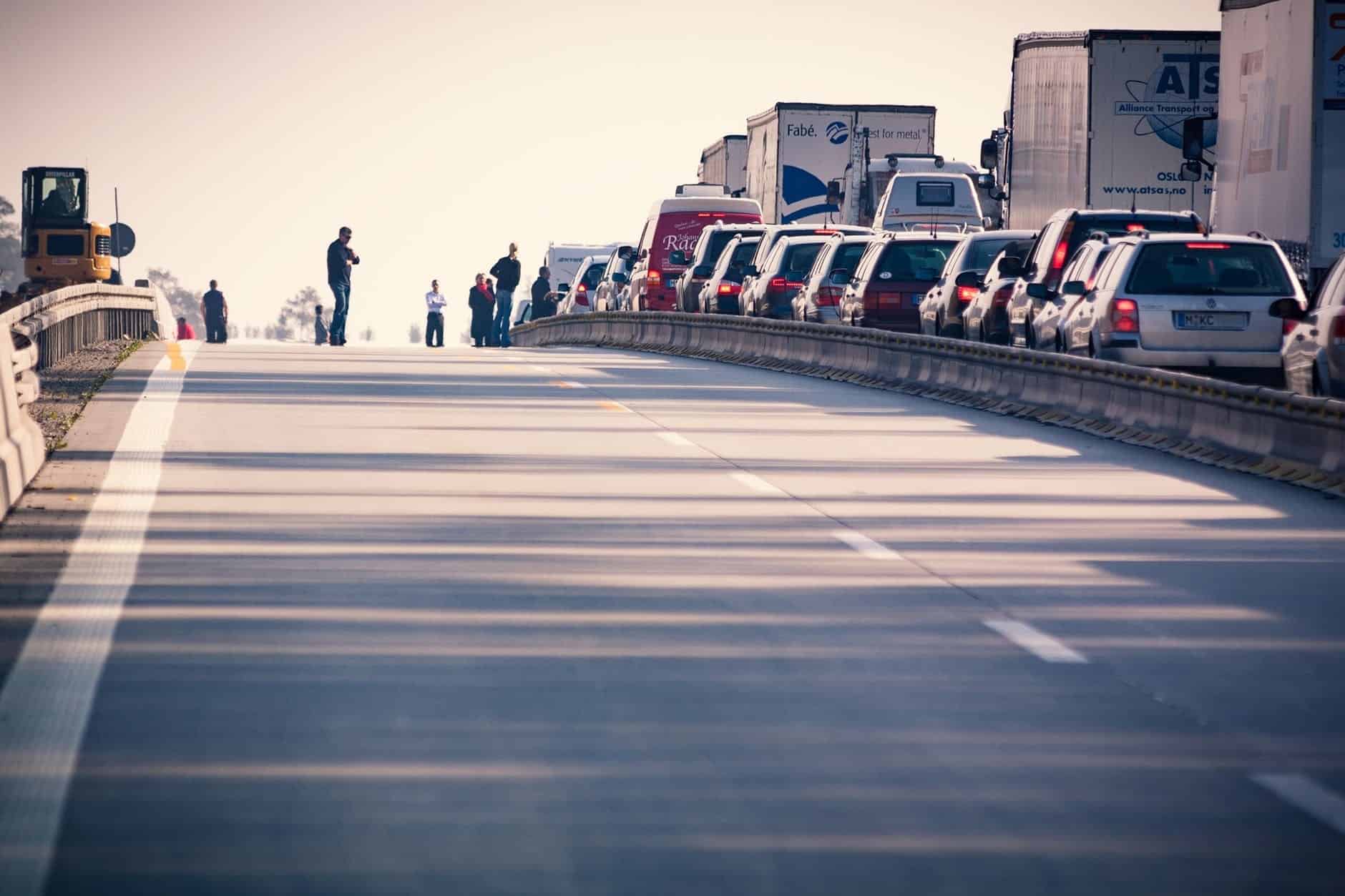Those trucks with which you share the road can legally weigh around 80,000 pounds. That’s 20 times the size of most automobiles. Just like you, the drivers of those trucks are doing their best to get safely to their destination.
Some people fault truckers for a lot of serious vehicle crashes. However, data shows that more than 70 percent of fatal crashes in which a truck was involved were caused by another vehicle, person, animal or object in the driver’s lane. This even takes into account the large number of miles truckers travel.
You can do your part in helping truckers keep the roads safe. We’ll share with you what these professional drivers want you to know when sharing the road with them.
-
Don’t follow too closely.
Trucks take up more of the roadway than smaller vehicles. Therefore, they require more space. Plus, they’re higher off the ground. According to the Federal Motor Carrier Safety Administration (FMCSA), if you’re driving under 40 miles per hour (MPH), it’s recommended that you leave at least one second for every ten feet of vehicle length. If you’re behind a truck, this results in about four seconds between you and the semi. Add another second if you’re going over 40 mph.
If you fail to keep this amount of distance, and your automobile is struck from behind, you might not have enough time to stop. Unfortunately, your car could be pushed underneath the truck, often resulting in a serious accident. If you’re too close behind a truck when one of its tires blows out, your windshield or other parts of your car could be hit and damaged by fragments.
Similarly, a semi caught in a windstorm might swerve or even be blown over. If you’re following too closely, the driver might not be able to avoid coming into contact with your automobile.
-
Avoid a truck’s blind spots.
The size of trucks results in more and bigger blind spots on all four sides than most cars. As the signs posted on the back of some trucks warn, if you can’t see the driver in his or her side mirror, he or she probably can’t see you.
The general rule for avoiding a trucker’s blind spots is to keep a one-lane width on the driver’s side and a two-lane width on the passenger side. Maintain a 20-foot distance in front of a truck and a 30-feet gap behind one.
-
Do not pass a truck when the driver is turning a corner.
Stay out of the “no zones.” These larger vehicles need additional turning room, and a driver might have to take up more than one lane when making a wide turn. In addition, don’t try passing a car on the right side as it’s turning the same direction. You not only risk getting your car trapped between the truck and a curb but also causing a serious accident with injuries.
-
Drive at a consistent speed.
As we mentioned earlier in this blog, large trucks need more space on the road than most vehicles. Trucks with loaded trailers have a higher center of gravity. They cannot as adequately respond to sudden speed adjustments by other drivers. Also, try to avoid making any sudden moves with your car.
-
Pay attention.
This rule doesn’t only apply when driving near trucks. An accident can occur in a split second. If you’re not focused on what’s going on around you on the road, you can’t defend yourself appropriately if another driver pulls in front of you or traffic in front of you stops suddenly.
Driving safely should be the goal for everyone on the roads. Be courteous to other drivers. Keep focused. Remember that driving recklessly might get you to your destination sooner, but you possibly can harm other drivers in the process.
Learn more about our command center, an essential part of our operation. If you’re interested in joining the Dynamic Transit team, take a look at the positions we currently have available.


Gave 079betcc a try. The odds looked alright. Deposited a small amount for a casual bet. We will see if I get something back. See their promotions: 079betcc